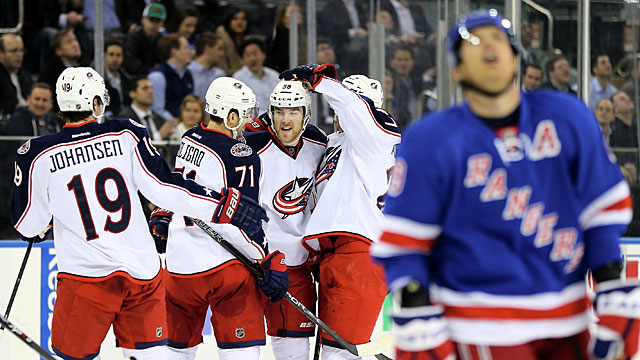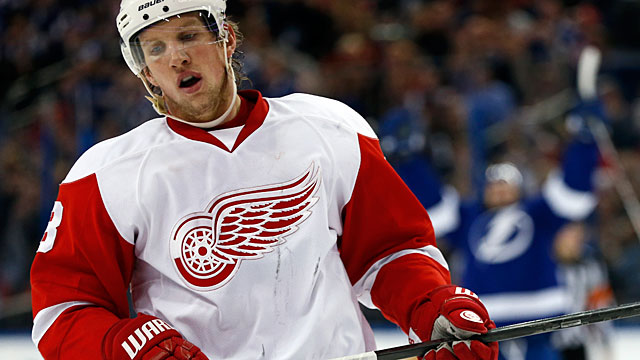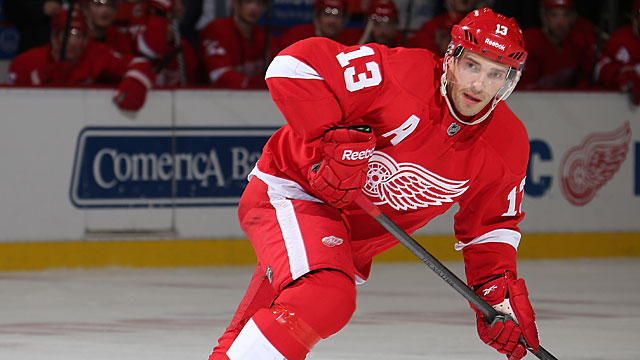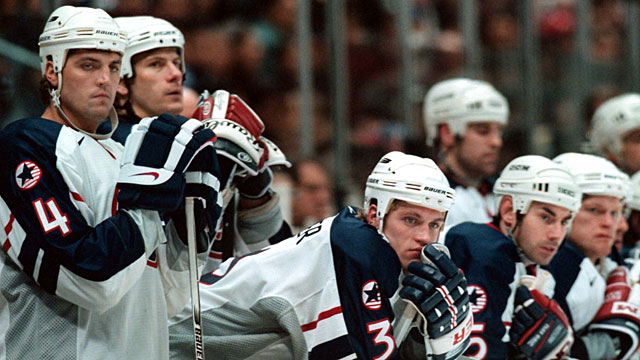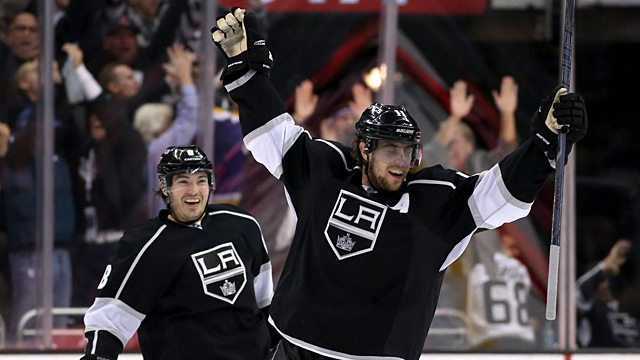Each Monday, we’ll wrap up three of the biggest stories from the weekend and how they’ll play into the coming week.
Beasts of the East … Usually
Common sense tells us that it shouldn’t be possible to have a frustrating hot streak, but the Bruins may be trying to prove us wrong. They haven’t lost back-to-back games since the first week of November, and have often looked dominant while winning 12 of their last 17. But that stretch has also included blowout losses to the Canucks and Red Wings, as well as an embarrassing defeat at the hands of the lowly Sabres. When they’re at their best, the Bruins seem close to unstoppable. When they’re not … well, they’re still pretty good, but they’re beatable.
Over the weekend, the Bruins showed off both sides of that coin in a home-and-home series against Ottawa. On Friday, they started slowly but switched gears and overpowered the Senators, riding a four-goal third period to a 5-0 win. Tuukka Rask made 33 saves to earn his league-leading fourth shutout of the season, and Reilly Smith scored a pair.
But the next night in Ottawa, the Bruins turned in an inconsistent effort in a 4-3 loss. Playing without captain Zdeno Chara, a late scratch due to injury, Boston fell behind 3-1 early in the second. Goals from Jarome Iginla and David Warsofsky tied the game, but a late breakdown led to a Bobby Ryan goal that restored Ottawa’s lead. Despite a furious final few minutes, the Bruins couldn’t beat Craig Anderson for an equalizer.
Those occasional Bruins lapses may be the only thing keeping them from running away with the Eastern Conference. With the Penguins hurting, the rest of the Metro still unimpressive, and several presumed Northeast contenders fading badly, it’s hard not to get the sense that the East is shaping up as Boston’s to lose. No team has gone to the Stanley Cup final three times in four years since the 2000-03 Devils, but the Bruins have to be considered a favorite to match that right now.
They’ll have to do it without Dennis Seidenberg, their no. 2 defenseman and an underrated contributor. He’s out for the season after tearing his ACL and MCL in Friday night’s win. That’s a major loss, though it does free up some cap room for a potential trade-deadline shopping spree.
As for the coming week, Boston should be able to keep rolling. It plays three straight at home against teams that are .500 or worse, hosting the Islanders, Predators, and Jets.
>> Read the full post on Grantland

